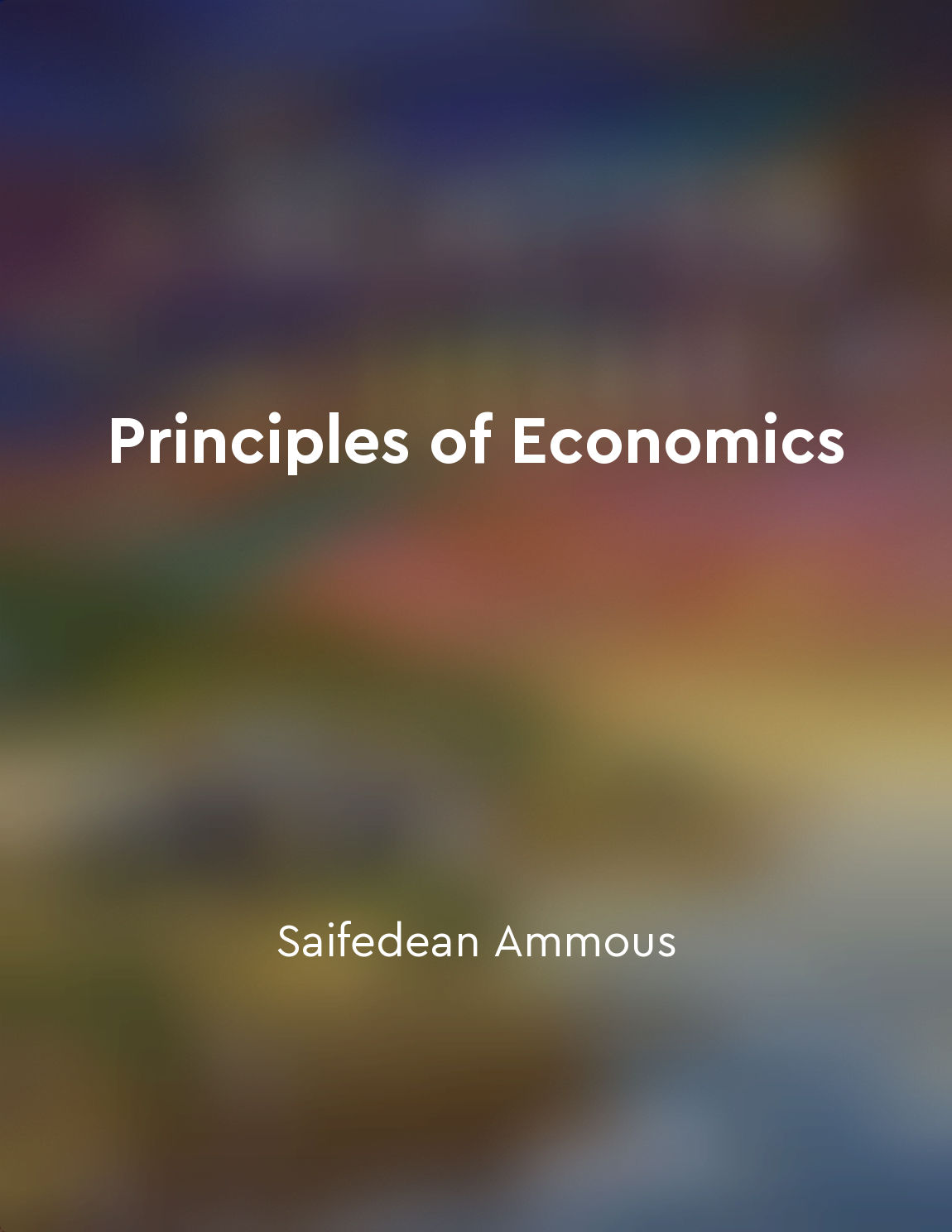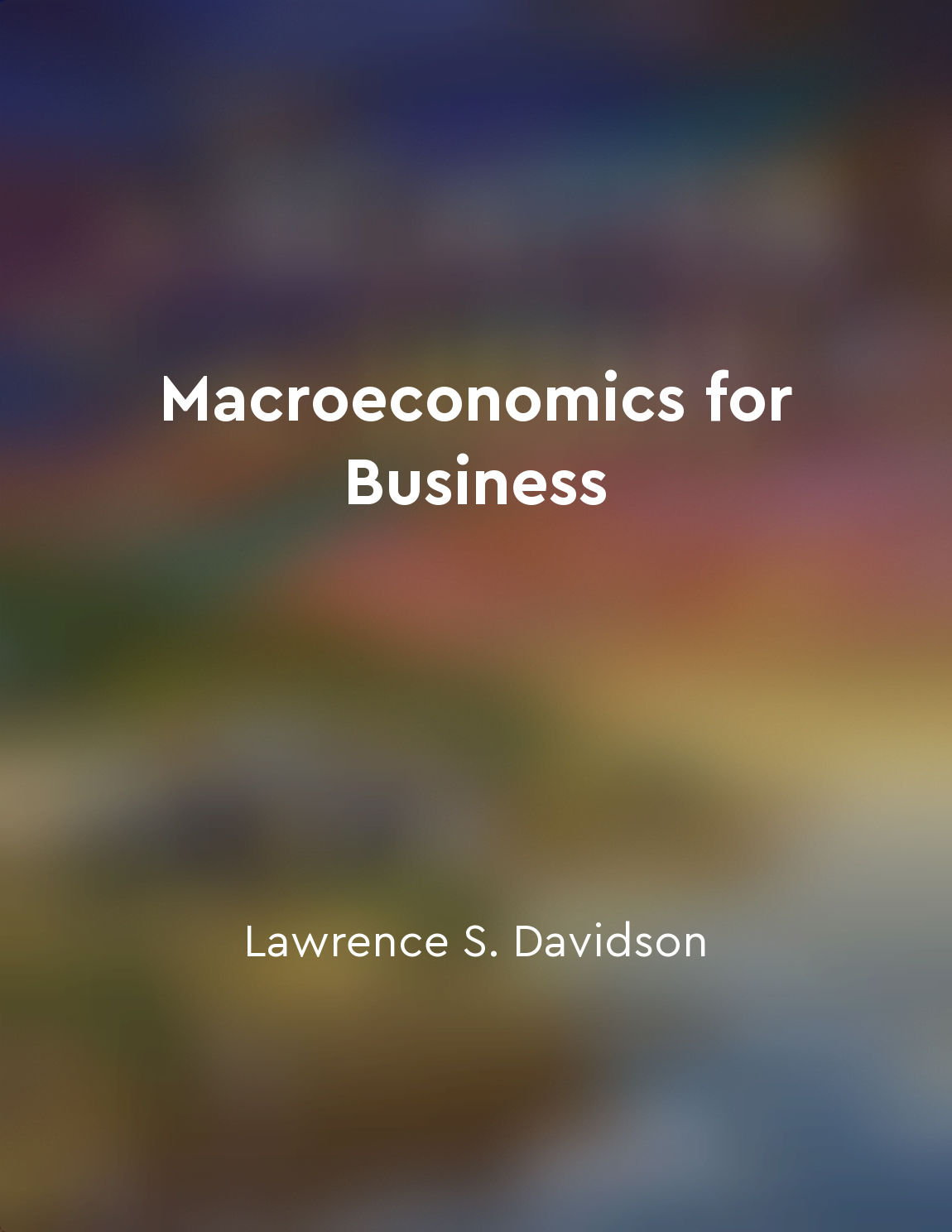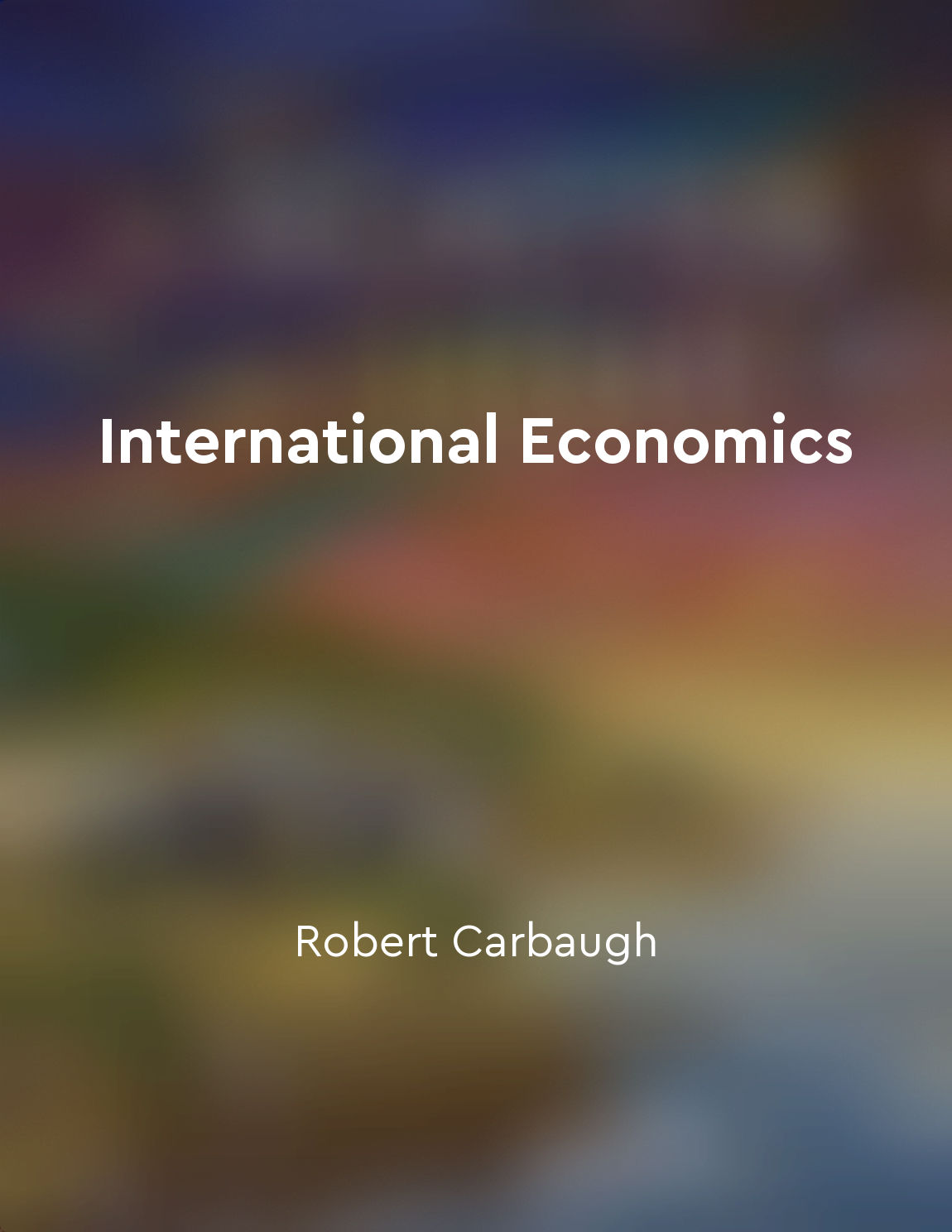The Phillips curve shows a tradeoff between inflation and unemployment from "summary" of Principles of Macroeconomics by N. Gregory Mankiw
The Phillips curve illustrates the relationship between inflation and unemployment in an economy. It suggests that there is a tradeoff between these two variables - as one goes up, the other tends to go down. The curve is based on the observation that when unemployment is low, inflation tends to be high, and vice versa. This relationship was first identified by economist A. W. Phillips in the 1950s. According to the Phillips curve, when unemployment is high, workers have less bargaining power, leading to downward pressure on wages and prices. This results in low inflation. Conversely, when unemployment is low, workers have more bargaining power, leading to upward pressure on wages and prices. This results in high inflation. Therefore, policymakers face a dilemma - they must choose between low inflation and high unemployment, or high inflation and low unemployment. However, it is important to note that the tradeoff depicted by the Phillips curve is not permanent. In the short run, policymakers can use expansionary monetary or fiscal policies to reduce unemployment, but this may lead to higher inflation. Conversely, contractionary policies can reduce inflation but at the cost of higher unemployment. In the long run, the Phillips curve may shift due to changes in expectations, productivity, or other factors.- The Phillips curve serves as a useful tool for policymakers to understand the relationship between inflation and unemployment and make informed decisions about monetary and fiscal policy. It highlights the importance of considering both variables when formulating economic policies to achieve stable and sustainable growth.
Similar Posts

Markets allocate resources efficiently
The concept of markets allocating resources efficiently is a fundamental principle in economics. This idea is based on the noti...
Comparative advantage explains the benefits of trade
Comparative advantage is a fundamental concept in economics that helps us understand why trade is beneficial for all parties in...
Speculation plays a role in market fluctuations
Speculation can have a significant impact on market fluctuations. When people anticipate future prices, they may buy or sell as...
The rich take calculated risks to grow their wealth
The rich are not afraid to take risks when it comes to growing their wealth. They understand that in order to achieve financial...

Technological advancements impact business productivity
Technological advancements play a crucial role in shaping the productivity of businesses in today's fast-paced economy. As new ...

Economic integration fosters trade among nations
Economic integration refers to the process by which countries remove barriers to trade and investment in order to achieve great...
Climate crisis ignored in pursuit of profit
The climate crisis is one of the most pressing issues of our time, yet it is often pushed aside in the relentless pursuit of pr...
Investment crucial for future prosperity
Investment plays a crucial role in determining the level of future prosperity in an economy. When individuals and businesses ma...
Oil consumption has social implications
The consumption of oil has far-reaching effects on society beyond its impact on the economy and the environment. The availabili...
Invest for longterm growth
Investing for longterm growth is crucial when it comes to achieving financial stability and security. By focusing on longterm g...

